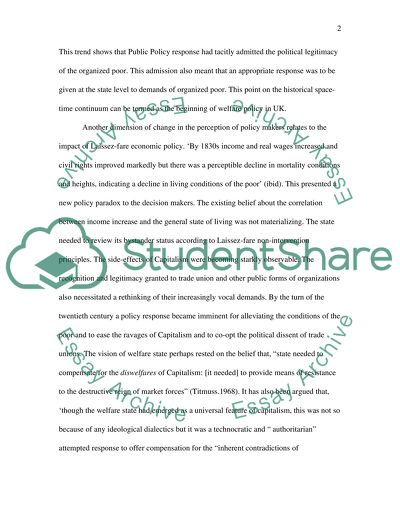Cite this document
(“Public Policy in the UK Assignment Example | Topics and Well Written Essays - 1000 words”, n.d.)
Public Policy in the UK Assignment Example | Topics and Well Written Essays - 1000 words. Retrieved from https://studentshare.org/law/1517230-social-policy-college-essay
Public Policy in the UK Assignment Example | Topics and Well Written Essays - 1000 words. Retrieved from https://studentshare.org/law/1517230-social-policy-college-essay
(Public Policy in the UK Assignment Example | Topics and Well Written Essays - 1000 Words)
Public Policy in the UK Assignment Example | Topics and Well Written Essays - 1000 Words. https://studentshare.org/law/1517230-social-policy-college-essay.
Public Policy in the UK Assignment Example | Topics and Well Written Essays - 1000 Words. https://studentshare.org/law/1517230-social-policy-college-essay.
“Public Policy in the UK Assignment Example | Topics and Well Written Essays - 1000 Words”, n.d. https://studentshare.org/law/1517230-social-policy-college-essay.


